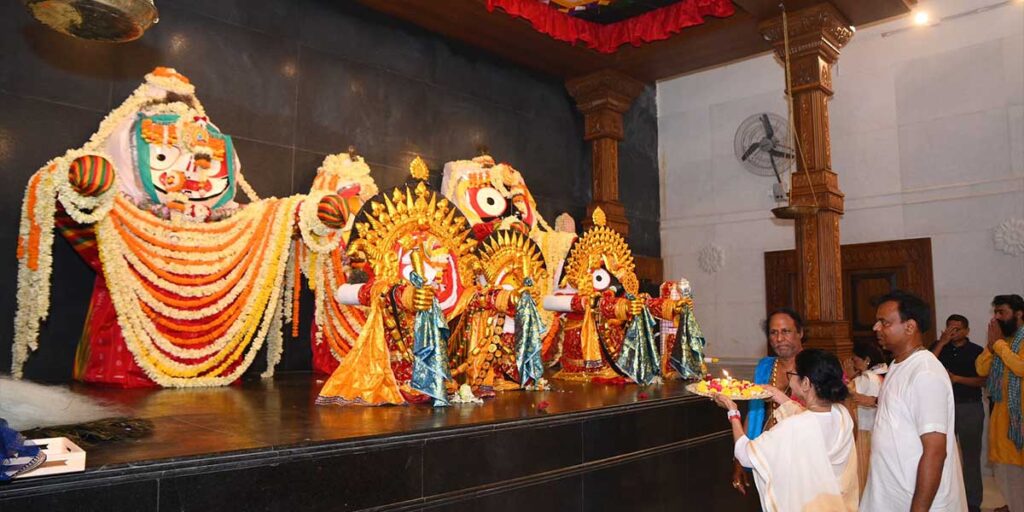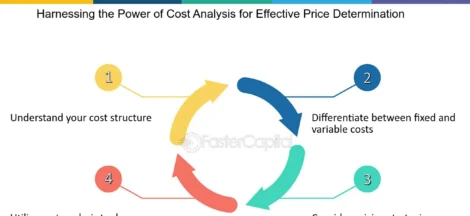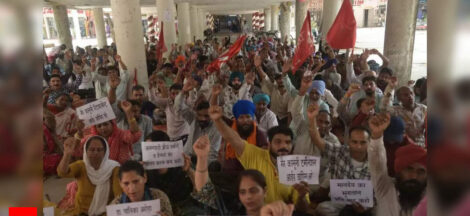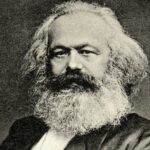There is a growing conflict and temple war in West Bengal surrounding the inauguration of the Jagannath temple in Digha, a significant event that opened on April 30 during the auspicious occasion of Akshaya Tritiya. The Bengal’s Jagannath Dham mirrors the renowned Puri Jagannath Temple, and its inauguration by Chief Minister Mamata Banerjee is a strategic move in her political game.
Is Chief Minister Mamata Banerjee trying to outsmart the BJP by presenting herself as a protector of Hindu beliefs? While the BJP uses the slogan “Jai Shri Ram,” Mamata focuses on “Jai Jagannath.”
Mamata Banerjee’s latest efforts to woo the Hindu voters with temple strategy could impact Bengal’s politics. She had retained the Muslim community’s support since her emergence as chief minister in 2011 when she threw out the CPI-M led Left Front after 33 years of rule.
Recognised as a shrewd politician, Mamata calculated her approach to emphasise her Hindu identity and her upper caste credentials (Brahmin) while focusing on her temple strategy. She has stumped the BJP with her own Digha temple. Political observers point out that the temple is part of Mamata’s broader push towards soft Hindutva. This strategy may be an attempt to expand her Hindu base or a response to concerns that Muslim support may decline this time. After the Murshidabad tragedy, the BJP has branded Mamata as anti-Hindu.
The BJP has criticised the chief minister for appeasing minority groups and neglecting the majority community. Mamata is doing this in her efforts to expand her Hindu support base. Meanwhile, the CPM and the Congress have accused both Mamata and the BJP of competing to make politics in the state more focused on religious identities.
It is Mamata’s political compulsion to lean towards soft Hinduism, similar to what her friend, AAP leader Arvind Kejriwal, attempted but failed to achieve. Other non-Left political parties cannot afford to remain outside this trend set. This focus on temples and the Uniform Civil Code may alienate the state’s Muslim voters, representing over 27 per cent of the population. It will be crucial in the 2026 election, impacting more than 120 assembly constituencies. The implications of this in the upcoming polls cannot be ignored.
The BJP, led by Opposition Leader Suvendu Adhikari, has raised concerns about the project’s management and classification. He questioned whether the newly inaugurated structure is a temple or a cultural centre, as official documents call it, Jagannath Dham Sanskriti Kendra.
The temple project faced opposition from the BJP, which questioned the state funding, and the plan was for a cultural centre, not a temple. They have questioned her commitment to Hindutva, considering her previous support for the Muslim community, often going out of her way to demonstrate that support and also criticise her vote bank politics.
Banerjee laid the foundation stone in 2018; the state has spent Rs 250 crore on the temple’s construction, covering 20 acres. The temple is expected to push tourism in Digha and function as a cultural centre.
The Digha temple complex was designed in Kalinga’s architectural style. It is made from beautiful pink sandstone from Rajasthan. It includes the Bhog Mandap, Natmandir, Jagmohan, and Garbhagriha (sanctum sanctorum). At the entrance is a striking 34-foot, 18-faced Arun pillar made of black stone, topped with an idol of Aruna. Mamata has gifted a golden broom to the temple.
All indications show that Hindutva could become the dominant poll issue in the 2026 assembly elections. That would pit her against Narendra Modi as the BJP will show Modi’s achievements by seeking votes in his name.
Banerjee’s pitch in the West Bengal state assembly to counter Adhikari’s charge of being a stooge of the Muslim community suggests she is in damage control mode. In the six by-elections of November 2024, her party gained vote share, indicating that about half the state’s population still favours the Trinamool Congress (TMC). The BJP’s vote share declined drastically. Several MPs and MLAs have quit the BJP since the 2021 elections.
Assembly elections in West Bengal are crucial for all the parties in the fray. For Mamata Banerjee, the 2026 assembly election is an opportunity to add to the political capital she has already amassed. After completing three terms in power, she knows that anti-incumbency is inevitable, especially among youth and unemployed persons in urban areas.
The competition in 2026 assembly polls will be tough. By playing the temple politics card, the CM could blunt the BJP’s criticism that she was appeasing only Muslims .Mamata has her links with the grassroots. She is also a successful political strategist. BJP leadership in Bengal is still clueless on how to take on her in the coming polls. (IPA Service)




 Karl Marx’s Teachings Had Big Impact Amongst Indians In 19th Century
Karl Marx’s Teachings Had Big Impact Amongst Indians In 19th Century 